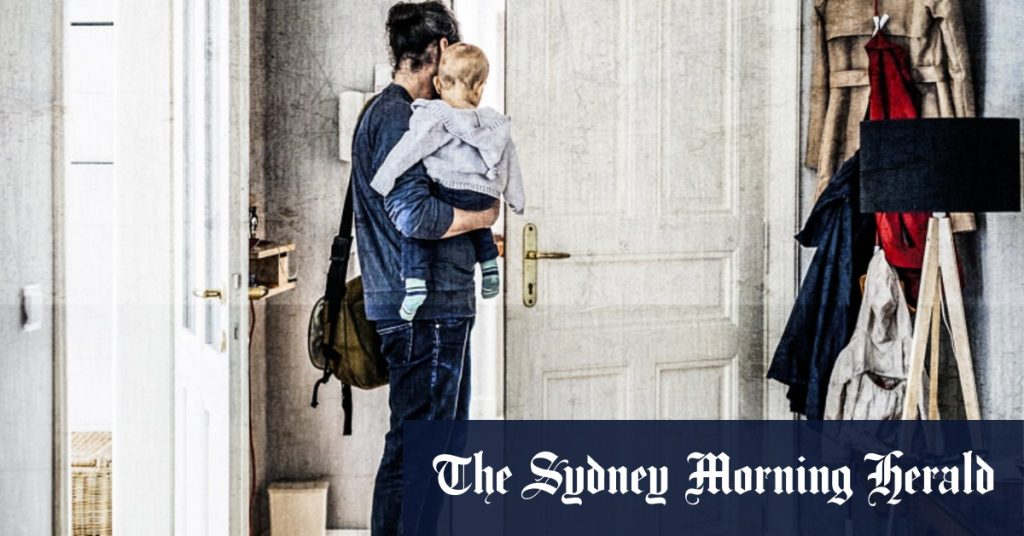Developers often prioritize the number of bedrooms and location over architectural design or room layout when constructing apartments, according to the head of the UNSW School of Built Environment. This focus on generic, standardized layouts that meet minimum regulations may make apartments cheaper to build and sell, but it does not align with what families actually desire. A report indicates that developers place more emphasis on location than architecture when building apartments, leading to a mismatch with the needs of families.
The NSW Department of Planning, Housing, and Infrastructure has proposed changes to increase low to mid-rise housing near railway lines in order to provide a variety of housing options that cater better to families with children. The proposed Pattern Book for housing design includes examples of family-friendly apartment and townhouse designs. Families often seek features like hallways and storage space in their homes, but many apartments lack these elements. Additionally, families often desire more space and a third bedroom, yet only a small percentage of apartments offer these features due to developers prioritizing smaller units for maximum profits.
Many families in Sydney find themselves living in apartments that are not designed to meet their needs, according to research by UNSW Sydney. Insufficient storage space and a lack of bedrooms are common issues faced by families living in apartments. Despite the belief that families prefer detached houses, a quarter of households living in apartments in NSW are families with children. Most of these families are renters. Families often make adjustments to their apartments to meet their needs, such as giving the master bedroom to their children for more play space or converting a sunroom into a bedroom.
While it is a common narrative for families to move out of the city in search of more space as children grow, finding affordable three-bedroom apartments can be challenging. Families may have to compromise on space, commute longer distances, rely more on cars, and lose community connections when moving to areas with more affordable housing options. Living in apartments can be more sustainable and beneficial for the community, as it promotes local shopping, walking to school, using public transportation, and fostering connections with neighbors. For families like the Vuongs in Coogee, apartment living offers a sense of community and convenience that is valued.
Overall, the emphasis on location and cost-efficiency by developers often results in apartments that do not meet the needs of families in terms of design, space, and amenities. Proposed changes to increase family-friendly housing options near public transportation hubs aim to address this issue and provide more diverse housing options for families in NSW. Families living in apartments may face challenges in finding suitable spaces to accommodate their needs, but some find ways to adapt and make their living arrangements work. Despite the hurdles, many families appreciate the benefits of apartment living in terms of sustainability, community connections, and convenience.


